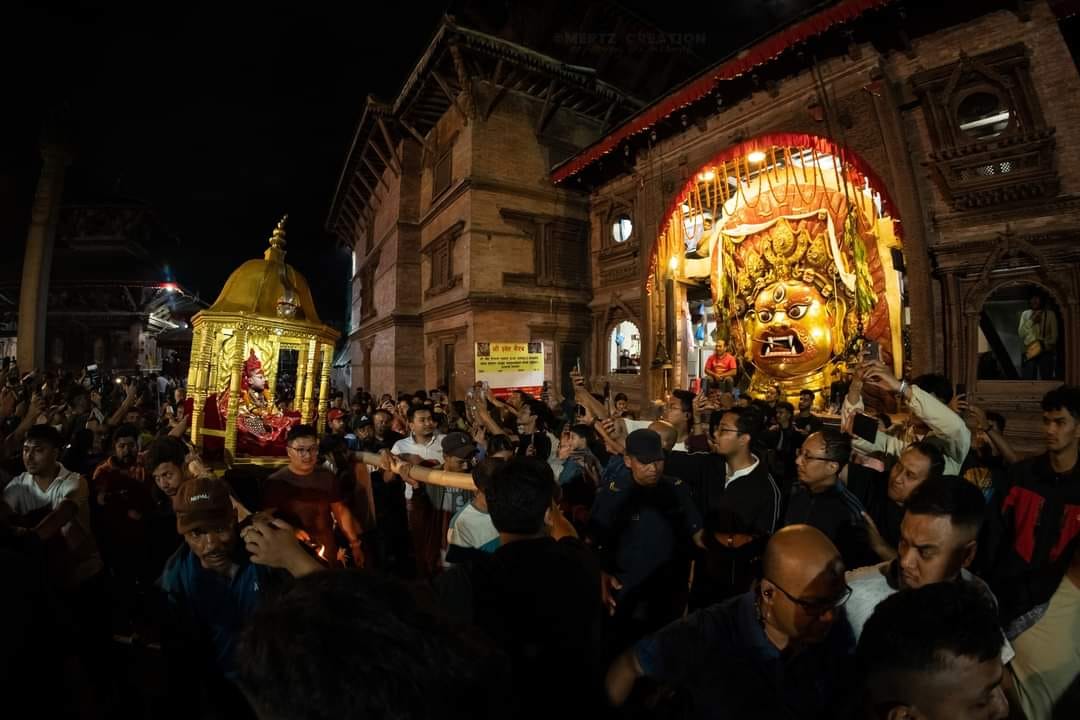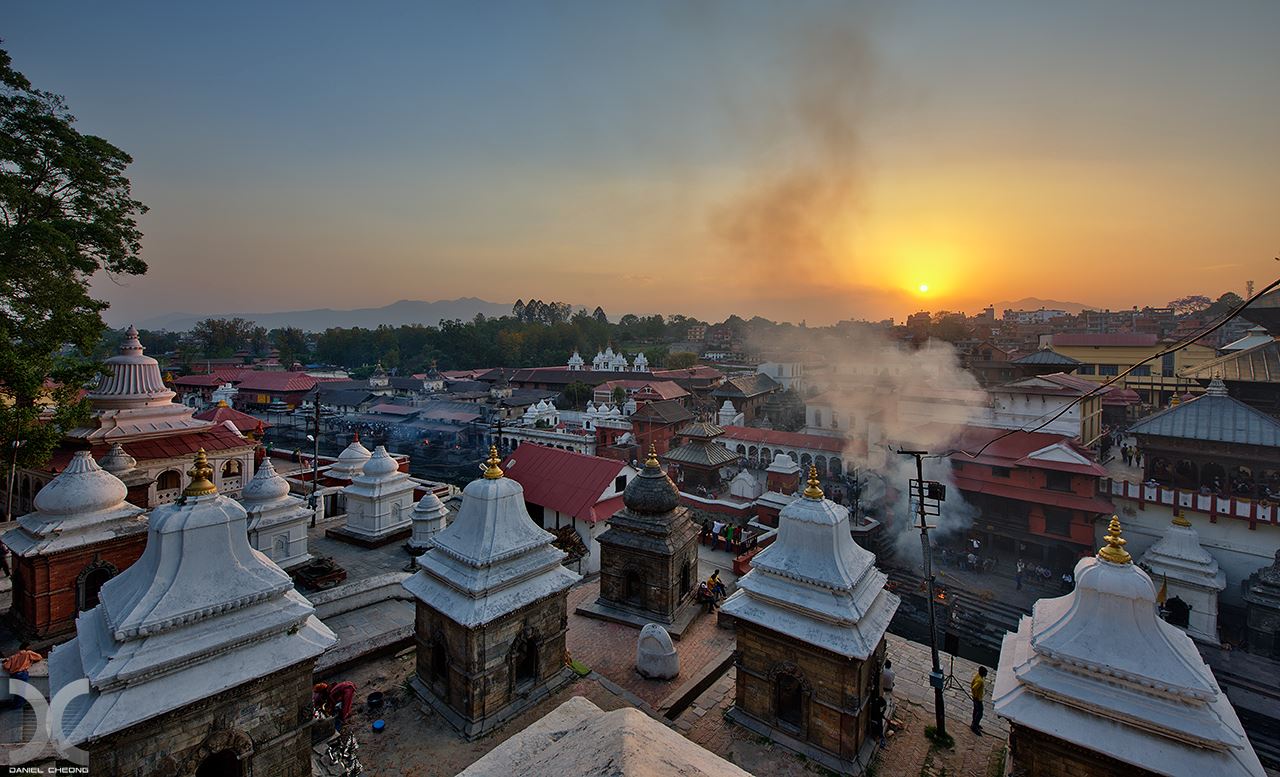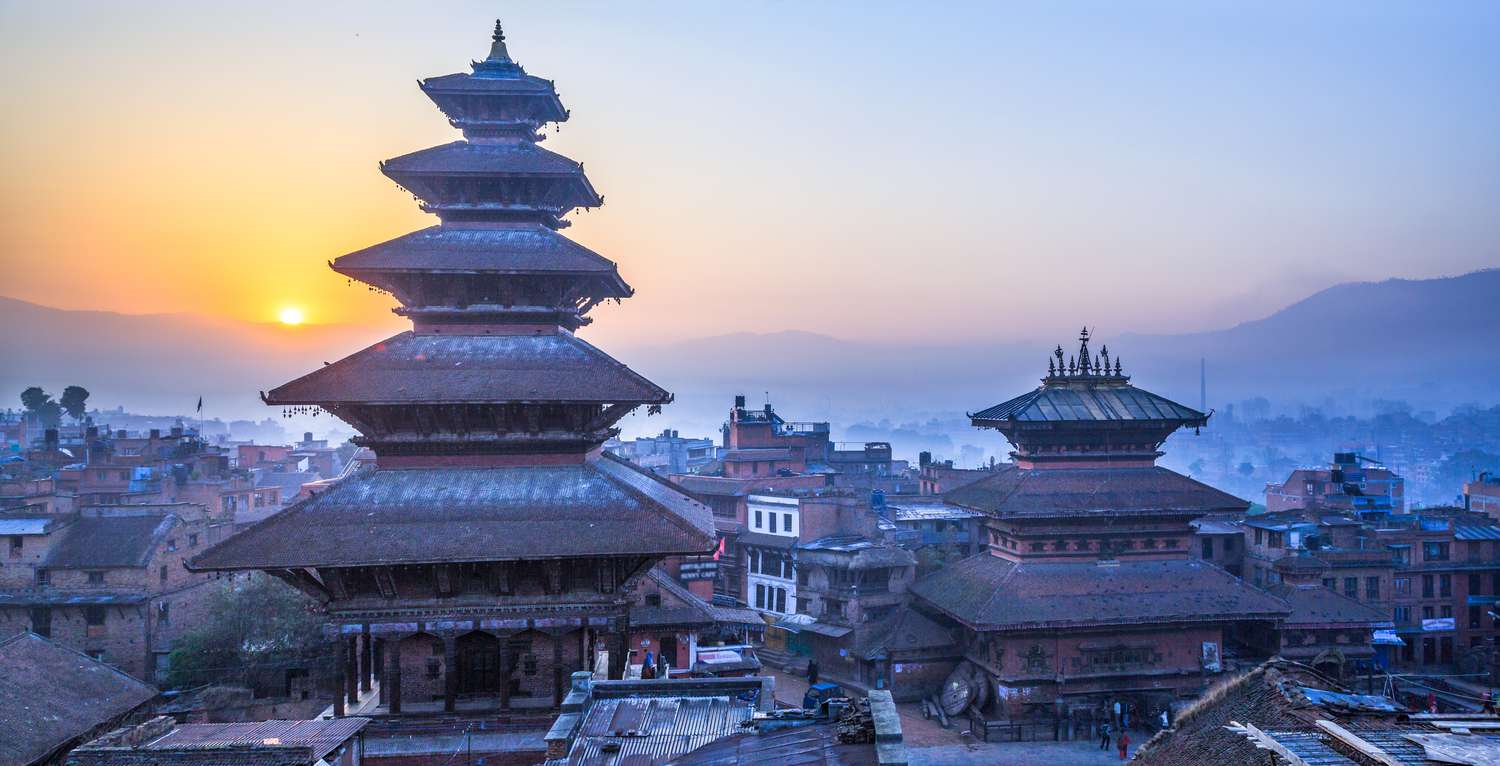The Living Traditions: Nepalese Folklore and Cultural Celebrations
Nepal is rich in its Cultural diversity and traditional folklore. The geography of Nepal is almost covered by the high Himalayas and hills which are located between India and China. In different regions of the country, Nepal follows uniquely different cultures and traditions which has been followed for centuries. There are several interesting stories, legends, myths, and religious folklore which comprehend and passed through generations. These stories have a direct reflection of Nepalese people's lifestyle.
Nepal is highly influenced by Hindu and Buddhist traditions where thousands of myths and legends connect people. Hindu goddesses and myths are attached to every activity in people's life whether they celebrate festivals or harvest crops. The mythology of lord Shiva, Durga, Vishnu, and Ganesh plays a significant role in the folklore of Nepal. Dashain is the greatest festival which is celebrated to share joy and happiness and mark the victory over Devil. It was followed for centuries to give homage to the goddess Durga. The goddess Durga defeated Devil to protect people in the ancient period. The nine days long homage to the goddess Durga is completed on the tenth day on which people put a tika and jamara on their forehead by their elders.
The Story of Buddha and his teachings are highly influential. In Nepal, Buddhism is practiced in different ways which have several myths and legends, and those who enlightened themselves have also mysterious folklore. The story of Padmasambhava enlightens in Ashura cave at Pharping has several myths and legends. At present Pharping is the center for Buddhism teachings and meditation. The blend of Hindu and Buddhist seems interesting as both religious practices perform parallelly in the same temple premises.
Yeti is again one of the myths for people living in Nepal as well as abroad. There are several expeditions organized to search for the snowman ‘Yeti’ but not able to figure out to date. But it is believed that the magical creature lived in the Himalayan region of South Asia. Despite the lack of facts, the Yeti remains a mystery.
The colorful cultural celebration always creates vibes throughout the year. The typical customs, local foods, folk music, wonderful dance, and religious rituals are more vibrant and colorful. Gai Jatra, Indra Jatra, and Bhoto Jatra are religious rituals as well as entertaining events of Kathmandu Valley. These events have great significance in the lifestyle of the Newar community. The much significant festivals of Nepal are Dashain and Tihar celebrated throughout the country. Dashain celebrates the victory of the goddess Durga over evil forces. Nepal is highly influenced by Hindu philosophy and its rituals. Likewise, Tihar is celebrated to honor different animals for their contribution to society. The festival is marked by the lighting of oil lamps, flowers, and colors.
Similarly, Holi, the festival of color and joy celebrated in Nepal and India for centuries to mark the victory over evil. There are several Hindu myths and stories about the beginning of the Holi festival. The arrival of spring and romance is symbolized in the Holy festival since it is connected with love and devotion. Besides these festivals, numerous local festivals are celebrated by different ethnic groups as well as indigenous groups. A few festivals celebrated in specific locations are Bisket Jatra in Bhaktapur, Mani Rimdu in the Mountain region, and Losar in the hilly regions of Nepal. These festivals and folklore have an immense impression on the lives of the people which has been used as a tool to bind a community.
Recent Article
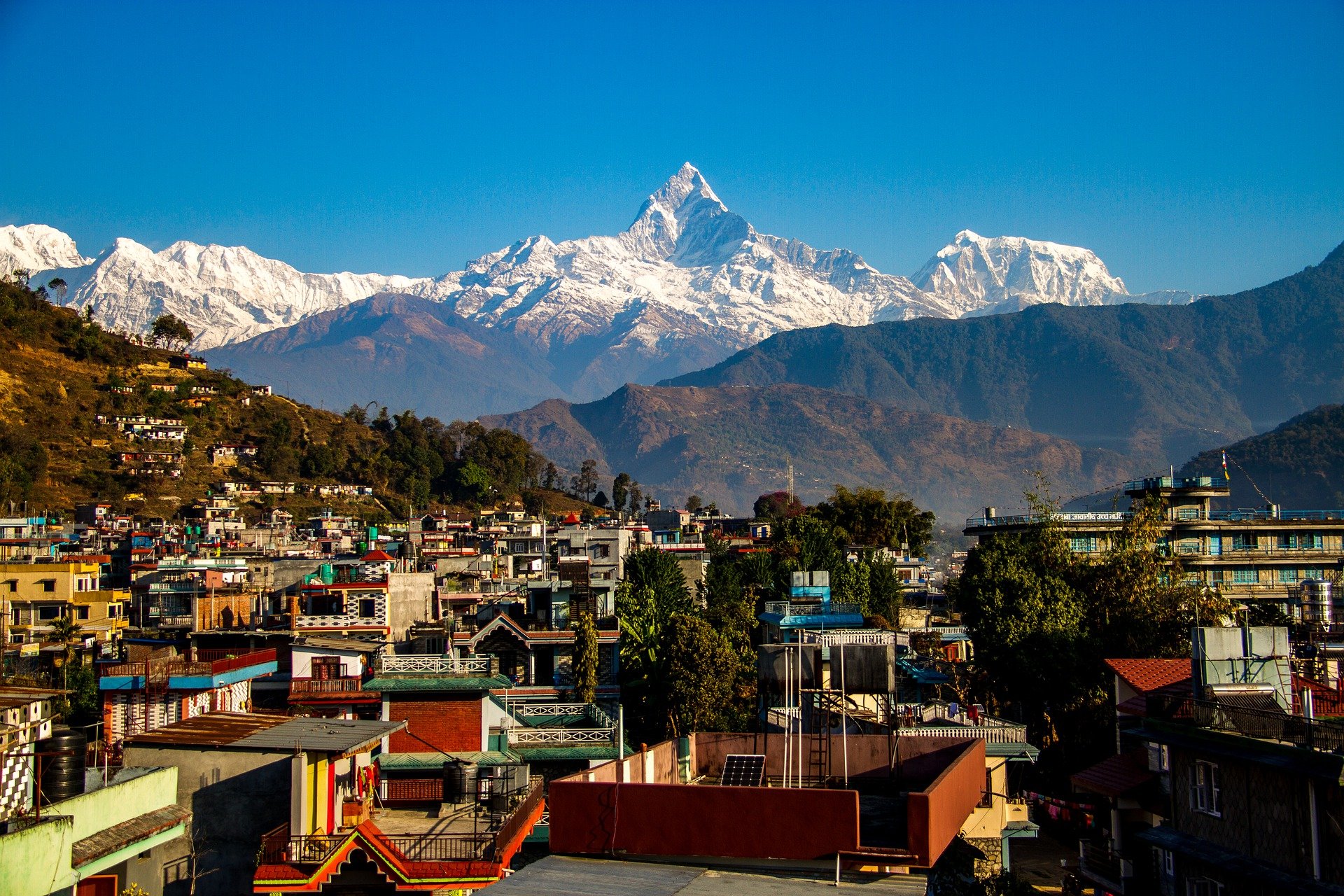
A Journey through Pokhara Valley: Unleashing the Adventure Within
10 months ago | Pokalde AdventureThe Pokhara Valley tour is exhilarating, making a Pokhara special destination in Nepal. Pokhara Valley was isolated from the Capital city during the 60s as no roadways connected this beautiful Valley.
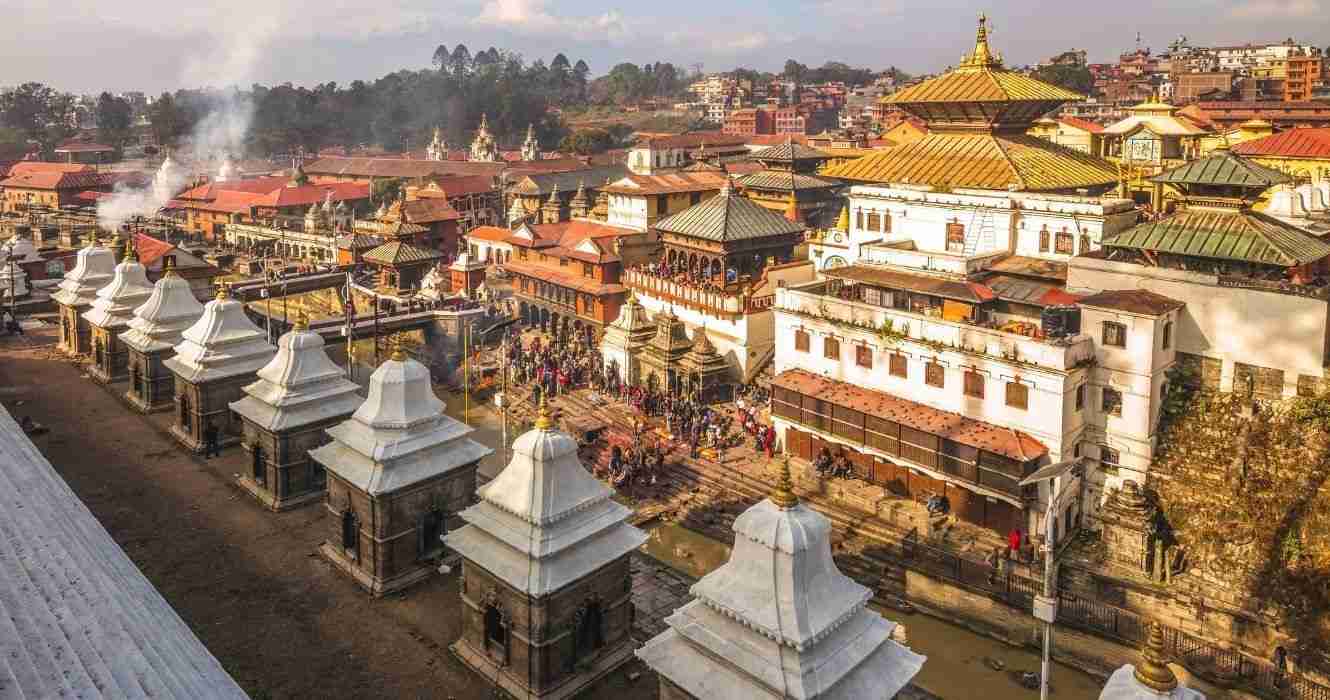
Unveiling the Rich Cultural Heritage of Nepal's Sacred Temples
10 months ago | Pokalde AdventureNamaskar and warm greetings from Himalaya. Let’s Explore Nepal’s rich cultural heritage and sacred destinations. This blog article focuses on World Heritage sites, popular Hindu temples, and Buddhist monuments.
